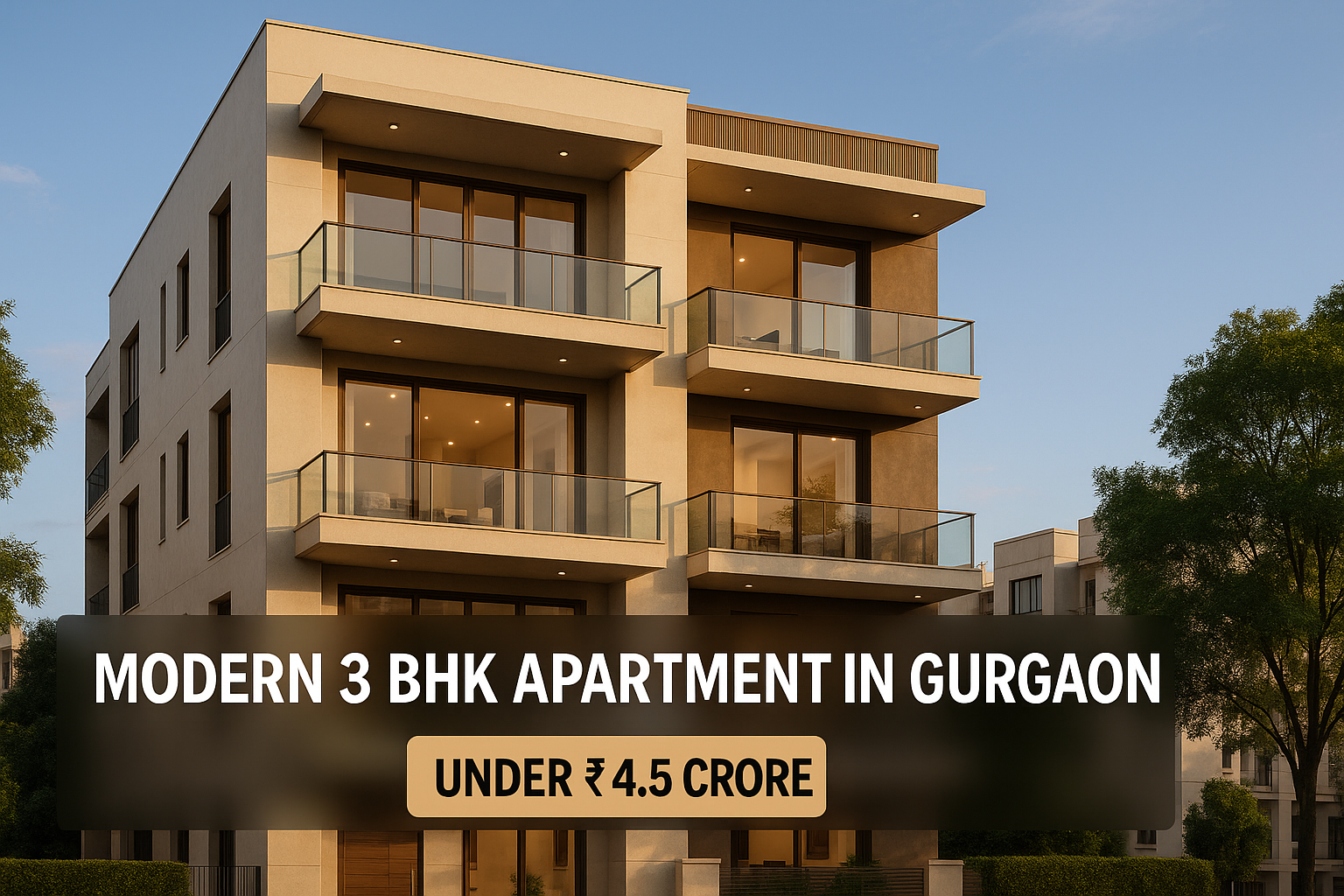Reimagining Mumbai: A Vision for Better Transport, Affordable Homes & Greener Spaces
Have you ever dreamed of a Mumbai where your daily commute is easy, your home is cozy and affordable, and there’s a peaceful park just around the corner? You’re not alone. With nearly 2 crore people living in this bustling city, it’s clear—Mumbai is ready for a transformation. Let’s explore how we can build a better future filled with smarter mobility, affordable housing, and vibrant, green public spaces.
Why Mumbai Needs a Makeover
Mumbai is India’s financial powerhouse, constantly buzzing with life. But as the city continues to grow, it’s also buckling under the pressure of its own success. Long hours in traffic, sky-high rent, and shrinking green zones are becoming a daily struggle for many residents.
So how do we rethink Mumbai? Recently, city planners, architects, and transportation experts gathered to brainstorm ways to make Mumbai more livable for everyone. The good news? With the right ideas and partnerships, change is not just possible—it’s already beginning.
The Three Pillars of a Smarter Mumbai
Experts suggest that we focus on three major areas if we want to quality of life in Mumbai:
- Improve Public Transport
- Create More Affordable Housing
- Protect and Expand Open, Natural Spaces
Let’s dive into each of these and understand why they matter—and how they can shape a more balanced Mumbai of tomorrow.
1. Smarter, Quicker, Greener Public Transport
Stuck in traffic again? You’re not the only one. Mumbai’s roads are notoriously crowded, and although local trains are the city’s lifeline, even they’re bursting at the seams during peak hours.
The solution? **A seamless, connected public transportation system.** This isn’t just about adding more buses or trains. It means giving people real choices—like walking, biking, or taking the metro—which are both eco-friendly and efficient.
- More Metro Lines: With new metro routes under construction, Mumbaikars can expect faster, air-conditioned rides across town.
- Last-Mile Connectivity: Imagine stepping off a train and hopping onto an e-bike or shared rickshaw without breaking your journey. Simple, right?
- Walkable Neighborhoods: Safe and shaded footpaths can encourage more people to walk short distances.
One expert put it nicely: “We need to design cities for people, not just cars.” When public transport becomes the easy choice, fewer people will need to rely on private vehicles—leading to less traffic, less pollution, and a whole lot less stress.
2. Affordable Housing: A Home for Everyone
Buying or renting a home in Mumbai often feels like chasing a dream. With real estate costs shooting through the roof, many of Mumbai’s workers—the very people who keep the city running—are pushed farther and farther away from the city center.
But it doesn’t have to be this way.
Housing experts are pushing for models that place **affordable homes closer to places of work**. Cutting down commute time not only improves quality of life but also makes the city more productive overall.
Here’s how we can help make housing work for everyone:
- Inclusionary Zoning: Requiring big housing projects to include a share of affordable units.
- Developer-Government Partnerships: Builders can work hand-in-hand with authorities to create mixed-income developments.
- Use of Redevelopment Schemes: Old, under-utilized buildings can be rebuilt to house more people in better conditions.
When housing is affordable and accessible, we not only uplift individual families—we create stronger, more balanced communities.
3. Green and Open Spaces: Mumbai’s Missing Breath
When was the last time you picnicked under a tree, jogged through a leafy park, or simply relaxed by a pond? In Mumbai, such moments are rare—and precious.
The city has one of the lowest ratios of open space per person among global megacities. That’s not just sad—it’s alarming.
Open, natural spaces aren’t just for recreation. They cool the city, improve air quality, and even help control floods. Think of them as Mumbai’s “natural lungs.”
Steps to green up the city include:
- Preserve mangroves and wetlands: These ecosystems protect us from flooding and offer rich biodiversity.
- Convert unused land into parks: Old mills, abandoned plots—even railway lands—can be turned into green oases.
- Community-led gardening: Local residents can turn empty spaces into community gardens or play areas.
Can you imagine a future where your kids walk to school through tree-lined lanes instead of dodging traffic? That’s the goal.
Learning from Around the World
Many successful cities have already shown us how it’s done.
Take Singapore, for example—it’s one of the world’s most densely populated cities, yet it’s known for its efficient public transport, green roofs, and affordable living. Or look at Copenhagen, where more than half the people ride bicycles to work!
It’s not about copying these cities but learning and adapting. Mumbai has its own unique rhythm, and its solutions must reflect that.
Final Thought: Can We Reimagine Mumbai Together?
At the heart of all this talk of infrastructure and policy is something simpler—the desire for a better everyday life. A shorter commute. A home you can afford. A place to breathe. Isn’t that what every Mumbaikar wants?
The vision for a better Mumbai is not some far-off dream. **With the right planning, community involvement, and political will, it can happen**. And when it does, it won’t just be about better roads or buildings—it’ll be about a better way of living.
So the next time you’re stuck in traffic or squeezing into a train, ask yourself: What kind of Mumbai do you want to live in? Because the change starts with us—citizens, planners, builders, and leaders alike.
Let’s Build a Mumbai That Works for Everyone.
Better transit, affordable homes, and lush green spaces—it’s not a fantasy. It’s the future. And it’s within reach.

